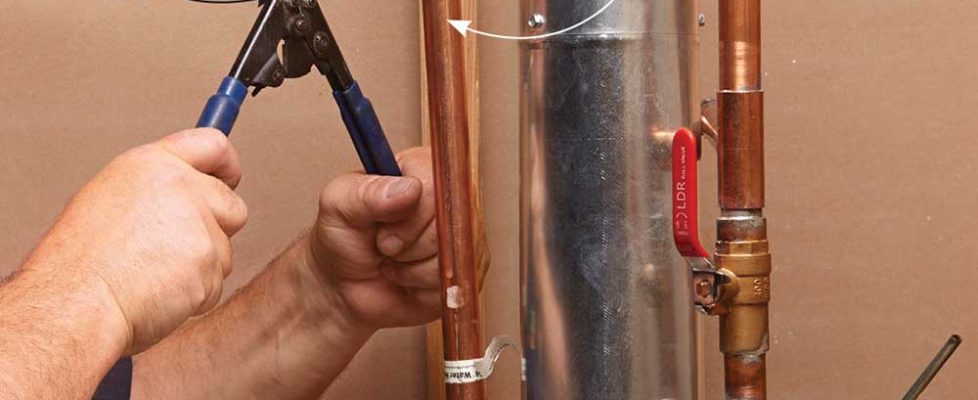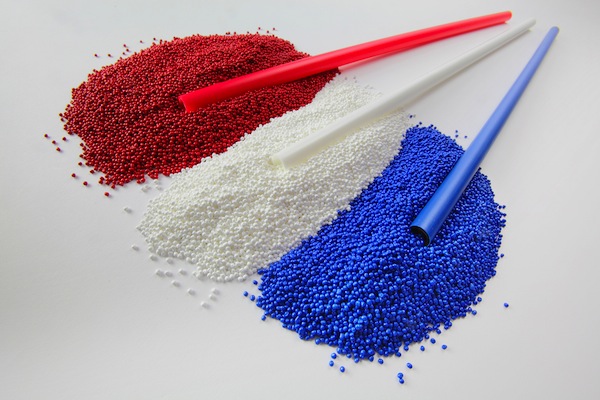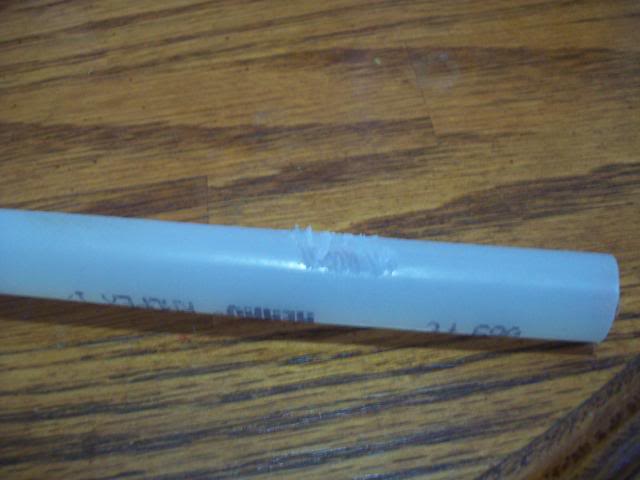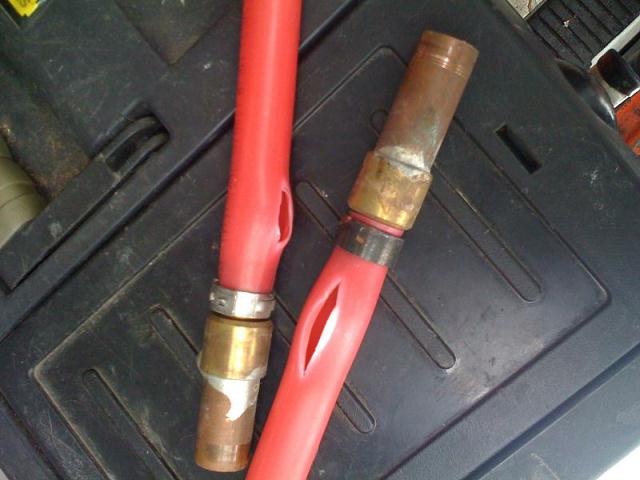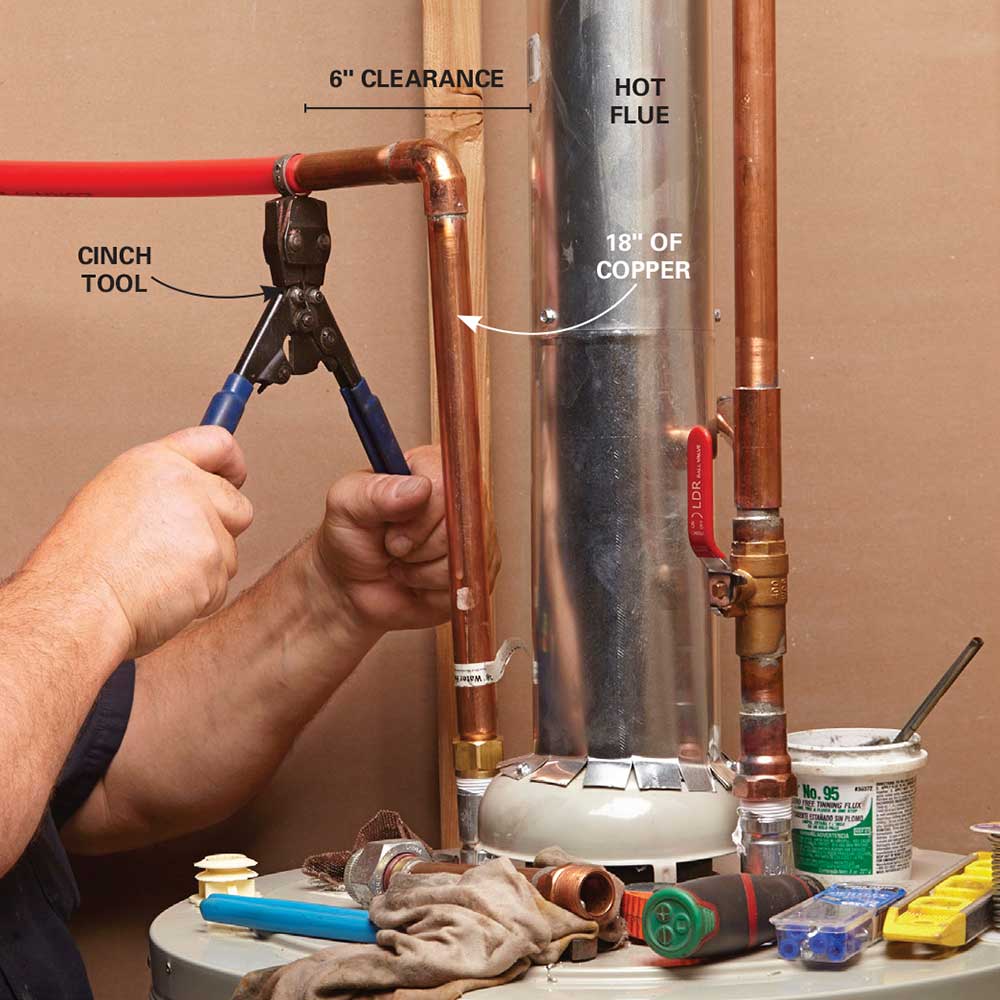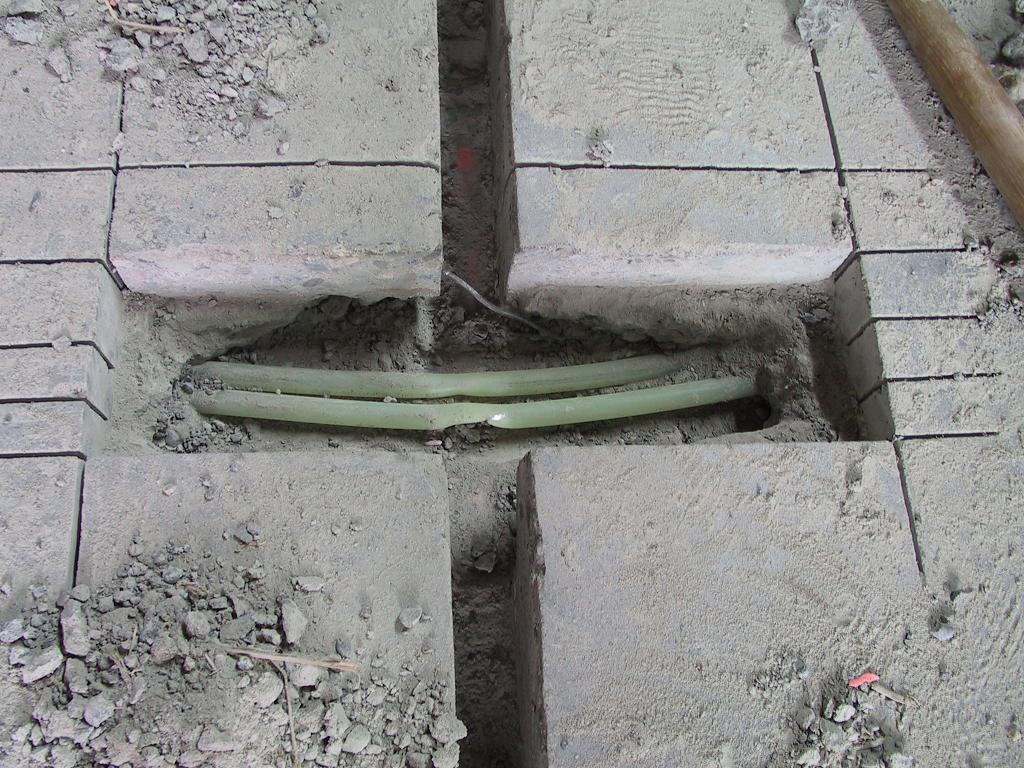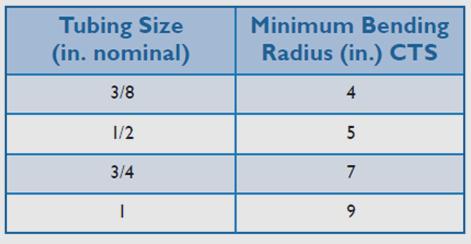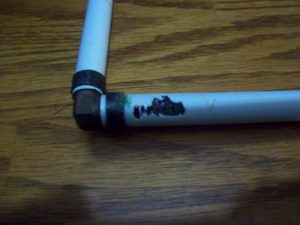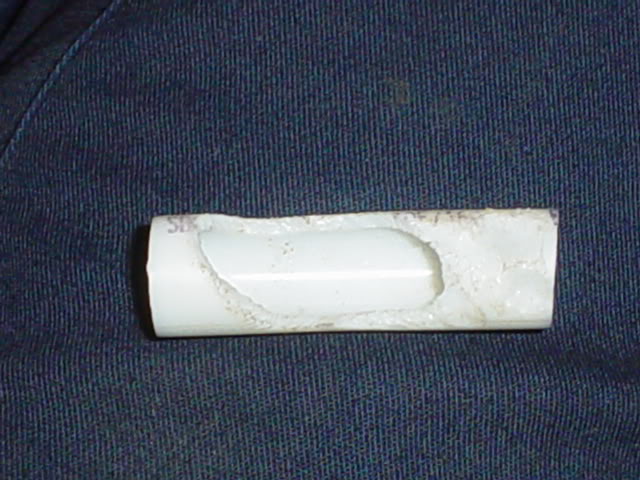PEX TUBING – Limitations and precautions
Topics:
– Limitations that come with a PEX tubing
– Before installation
– Temperature, pressure and UV exposure
– Before installation
– PEX mechanical damage precautions
– PEX chemical damage precautions
– After the installation
Limitations that come with a PEX tubing
Every solution, comes with its limitations, PEX is not exception. When you read all the limitations, you might think that there are a lot to take into account when installing PEX tube.
But, when you make a long story short you need to make sure to respect pressure and temperature ratings, avoid sunlight, mechanically and chemically aggressive environment that can damage PEX working performance.
Before installation
Before start installation , inspect you tube for any signs of o not use tubing with cuts, cracks, gouge, abrasions, evidence of a chemical attack, or tubing which has been crushed or kinked. If you find these or other defects do not use such tube in your installation.
If you are going to bury tubes in a wall or ceiling, check your local codes, areas don’t allow stab-in fittings to be concealed.
Temperature, pressure and UV exposure
Although PEX is more resistant to freezing temperatures and users report that it can withstand freezing, it designed is not for outside use. One of the reasons is PEX’s vulnerability toward continuous UV exposure.
Vulnerability toward continuous UV exposure is one of the reasons why PEX is not allowed to be used in swimming pool systems.
Since PEX is usually rated at 180oF at 100 psi (82° C), keep tubing at 18 inches vertically or 6 inches horizontally from sources of high heat, such as recessed light fixtures, flue gas vents, or heating appliances.

Since with decrease of pressure temperature limit goes up, limit of 180oF might be higher when used with lower pressure ratings (e.g. water heater – relief line). Advice is always check manufacturer’s recommendations for higher operating temperatures at lower pressures.
PEX mechanical damage precautions
When installing make sure not to allow tubing to come in permanent contact with commonly encountered construction materials, that might chemically or mechanically deteriorate working properties of PEX tubing.
Do not bend PEX tubing tighter than the following minimum recommended bending radius.

Use hangers, straps, rigid sleeves to assure that PEX tube not get damaged during exploitation due to mechanical contact with rough surfaces.
PEX chemical damage precautions
Here are some common construction materials that you should avoid to be in contact with PEX tube:
• Pipe thread sealing compounds
• With exception of: water soluble, gypsum-based caulking or other sealants approved by the PEX tube manufacturer, Fire wall penetration sealing compounds should be securely separated from PEX tube.
• Fuel oils, cutting oils, asphaltic paint, kerosene, benzene, gasoline, solvents, asphaltic road materials, acetone, toluene, and/or xylene and other petroleum-based materials or sealants should be secured from contact with PEX tube.
Second and more important reason, than already mentioned UV exposure vulnerability, for PEX unsuitability for swimming pool systems is that the chlorine levels in pools tend to fluctuate considerably and generally hover right at or just over the maximum allowable levels for PEX tubing.
Do not place any PEX tubing in heavily contaminated soils or other heavily contaminated environments.
Store fittings in containers that are free of oil, grease, lubricants, solder flux, or other
chemicals and away from corrosive atmospheres (e.g. Ammonia).
After the installation
If you have PEX piping, you should have a rodent control plan. Rodents can and do chew though the pipe.
Other thing need to pay attention regarding the PEX is an environment risks. This type of tube cannot be recycled as easily as copper and may produces toxic smoke when it burns.
